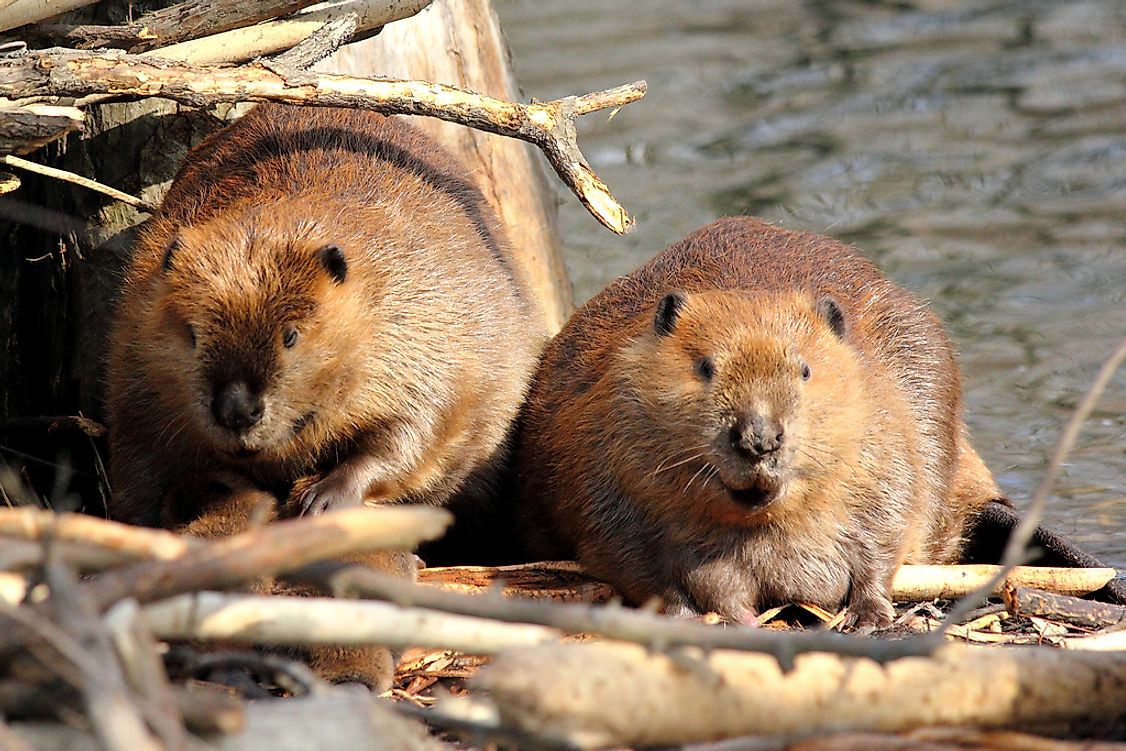What Is An Ecosystem Engineer?

Who Is An Ecosystem Engineer?
Organisms impact the environment in which they live in in several ways. Some organisms are destructive to the ecosystem while others contribute positively to the development of the ecosystem. Organisms that create, modify, destroy or maintain a habitat in which they live or frequent are known as ecosystem engineers. These organisms can have a great impact on the species-richness and heterogeneity of the landscape of an area. Ecosystem Engineers maintain the health and stability of the environment they live in. However, since all organisms contribute to the modification of their environment in one way or the other, ecosystem engineer is only used to describe keystone species which plays a critical role in maintaining the ecological community and affects other organisms in the ecosystem.
Types Of Ecosystem Engineers
Ecosystem engineers are divided into two broad categories: allogenic and autogenic engineers. Allogenic engineers modify the environment by mechanically transforming material, both living and non-living, from one form to another or various forms. Beavers, which are the original model for ecosystem engineers, alter their ecosystem extensively through the process of clear-cutting and damming. The addition of the dam changes the distribution and the abundance of the organisms in the area. By creating a shelter from leaves, a caterpillar also creates a shelter for another organism which may interact with it simultaneously or as a result of building the shelter. Birds that create holes in trees and wood to nest in also create homes for other organisms once they are through with them. Autogenic engineers, on the other hand, modify the environment on which they are in by modifying themselves. Trees are the best examples of autogenic engineers since as they grow, their trunks, leaves, and branches are used by other organisms as habitats including birds, insects, snakes, and other organisms. Trees may also form a forest which is a suitable habitat for other organisms.
Importance Of Ecosystem Engineers
Ecosystem engineers have greater influence and impact on other organisms living in the same environment with them, especially by providing resources to the organisms. Some of the ecosystem engineers have contributed to species richness at the landscape level. The dams built by beavers have ecological effects on other species since they create habitat and control a number of abiotic resources that other animals can use and can also support species not found anywhere. By conserving ecosystem engineers, protection is extended to the overall diversity of a landscape. The biodiversity of an area can also be affected by the ecosystem engineer’s ability to increase the complexity of the ecosystem processes which allow for further species greatness. Beavers have the ability to modify a riparian land and expand on wetland habitat leading to an increase in diversity of habitat creating room for more organisms to inhabit the landscape.
Can Humans Also Be Ecosystem Engineers?
Humans are the most obvious ecosystem engineers. Human activities have contributed to niche construction. The activities such as agriculture, mining, logging and other activities have significantly changed how humans interact with the environment. Some of the human intervention activities such as environmental preservation and upgrading enables an area to be restored to the previous state. Humans also help in the management of evasive species that would otherwise be dangerous to the environment and organisms inhabiting such area.











